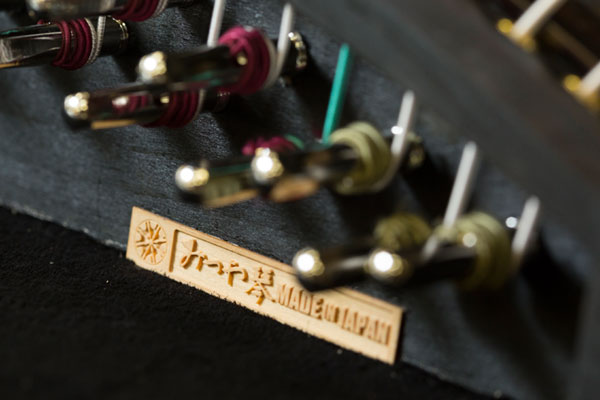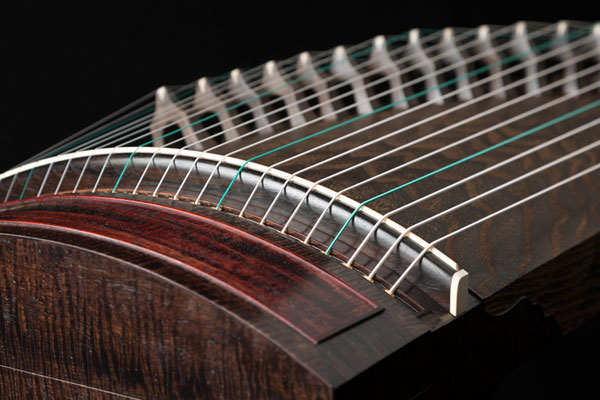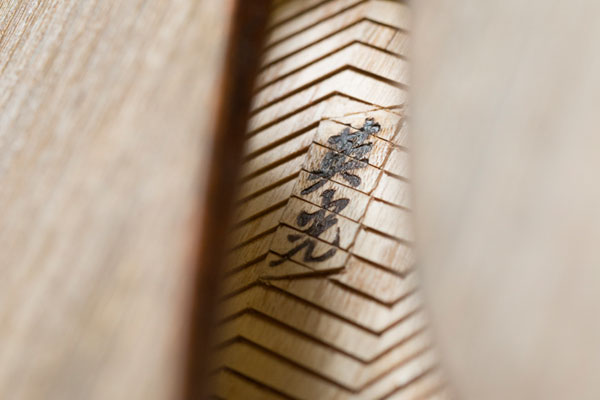You're currently on:

Mitsuya Koto: Highly Refined Guzheng Pieces
The major difference between the koto and guzheng is that, while the Japanese koto has been part of a process of the steadfast following of tradition for long years, the guzheng has taken a different route that has aimed to continually refine the instrument in pursuit of better sound.
The guzheng has also played a role as an instrument for live performance at large halls. Both the Japanese koto and Chinese guzheng are made from paulownia wood. The bodies of guzheng are traditionally joined together with seams, but Japanese koto are carved from a single log. For this reason, Japanese koto are relatively free of impurities and noise and produce a deep sound. At Mitsuya Koto, we employ the craft techniques of Japanese koto to the production of guzheng. With a production technique derived from the koto and a sound that is all the guzheng’s own, we arrive at instruments with a deep and clear tone that seems to roll off the stage in liberal peals of sound. An elegant and refined tone can be achieved even when using metal picks or plectra. 。

The Charms of the Guzheng
The guzheng can be played many ways, and its sound resembles that of a harp. Small wonder, then, that the instrument is sometimes referred to as the “Oriental piano.”
The biggest appeal of the guzheng is its wide expressive range. Treat audiences to sonic experiences that bring to mind the majesty of nature and human feeling. Listeners will enjoy sounds that recall the clarity of a lotus petal, the majesty of a snow-capped mountain, the nostalgic figure of a courtly lady, and the grueling battles of a military captain. Because the expressive range of the guzheng is vast, it requires many different techniques to play.
Since the guzheng began being played with metal picks, it has gained an expansive repertoire of tone and expression, as well as the ability to modulate volume. Because the sound of the guzheng resembles a harp, it is sometimes referred to as the “Oriental piano.”

What Defines Mitsuya Koto’s Guzheng
Mitsuya has long made it its mission to protect and transmit Japanese traditions to the next generation. We draw on our expertise in koto craftsmanship when crafting guzheng, the Chinese counterpart to the koto.
The best materials are selected from ancestral paulownia tree cultivars and left to age over many years. The wooden body is a single, carved-out piece. Wood is not joined together, creating a seamless instrument that produces the natural guzheng sound. That sound will reverberate through the performance hall, creating awe-inspiring peals of sound free of noise and impurities.
One of the points we emphasize at Mitsuya Koto is, above everything, considering the performer and audience for which the instrument is intended.
 Chinese
Chinese English
English  Japanese
Japanese